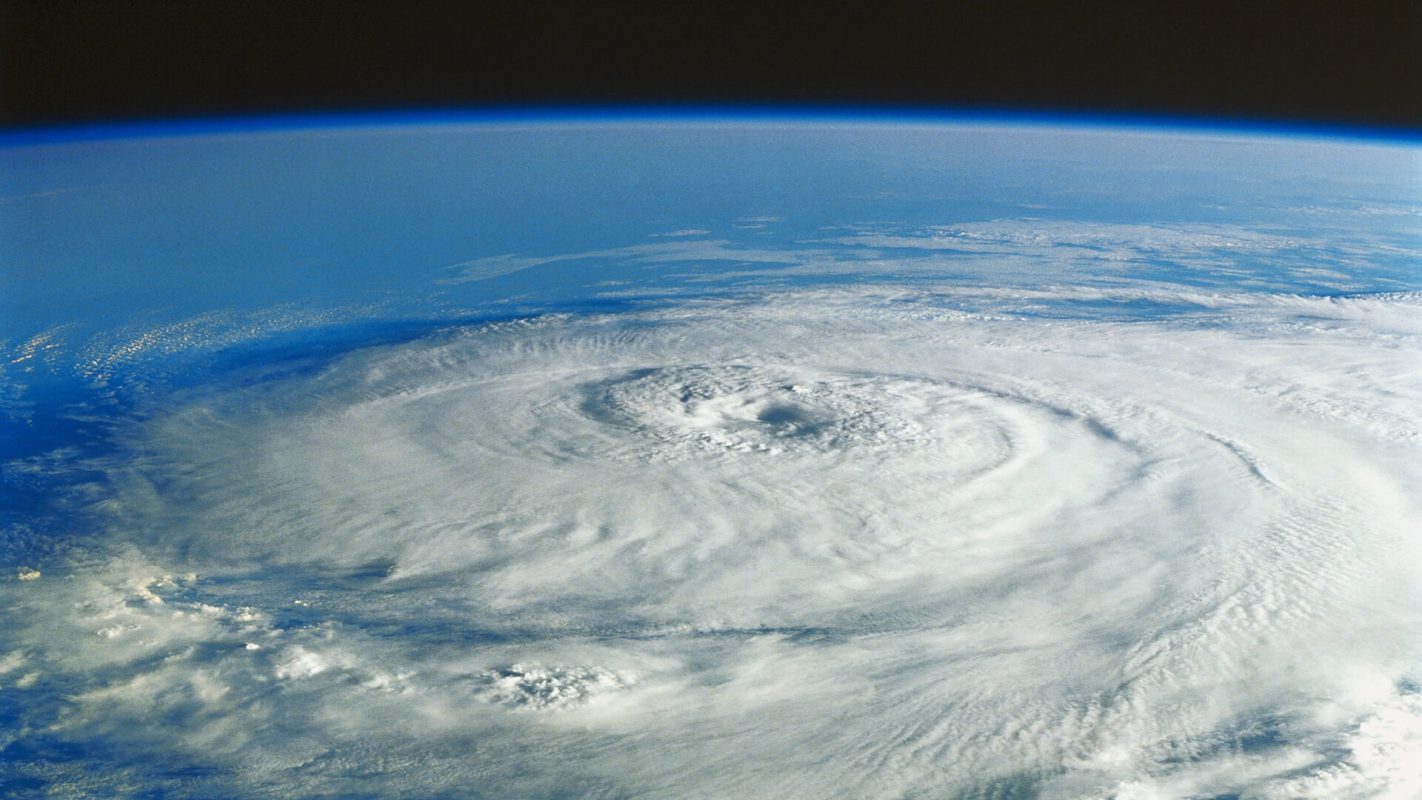You may have heard of a Category 3 hurricane, but what does that really mean? Now more than ever, it's important to know how serious a storm will be so you can protect yourself and your home this hurricane season.
The five categories of hurricanes are ranked by their wind speed, using the Saffir-Simpson Hurricane Wind Scale. This scale is about 50 years old and was developed as a tool to characterize how much damage hurricane winds could do to buildings.
The scale isn't perfect, though, because it doesn't take into account the size of storms or the effects of rain or flooding. Still, understanding its categories can keep you and your home safe this hurricane season.
We've broken down the five categories for you below:
Category 1 — Grab Some Plywood
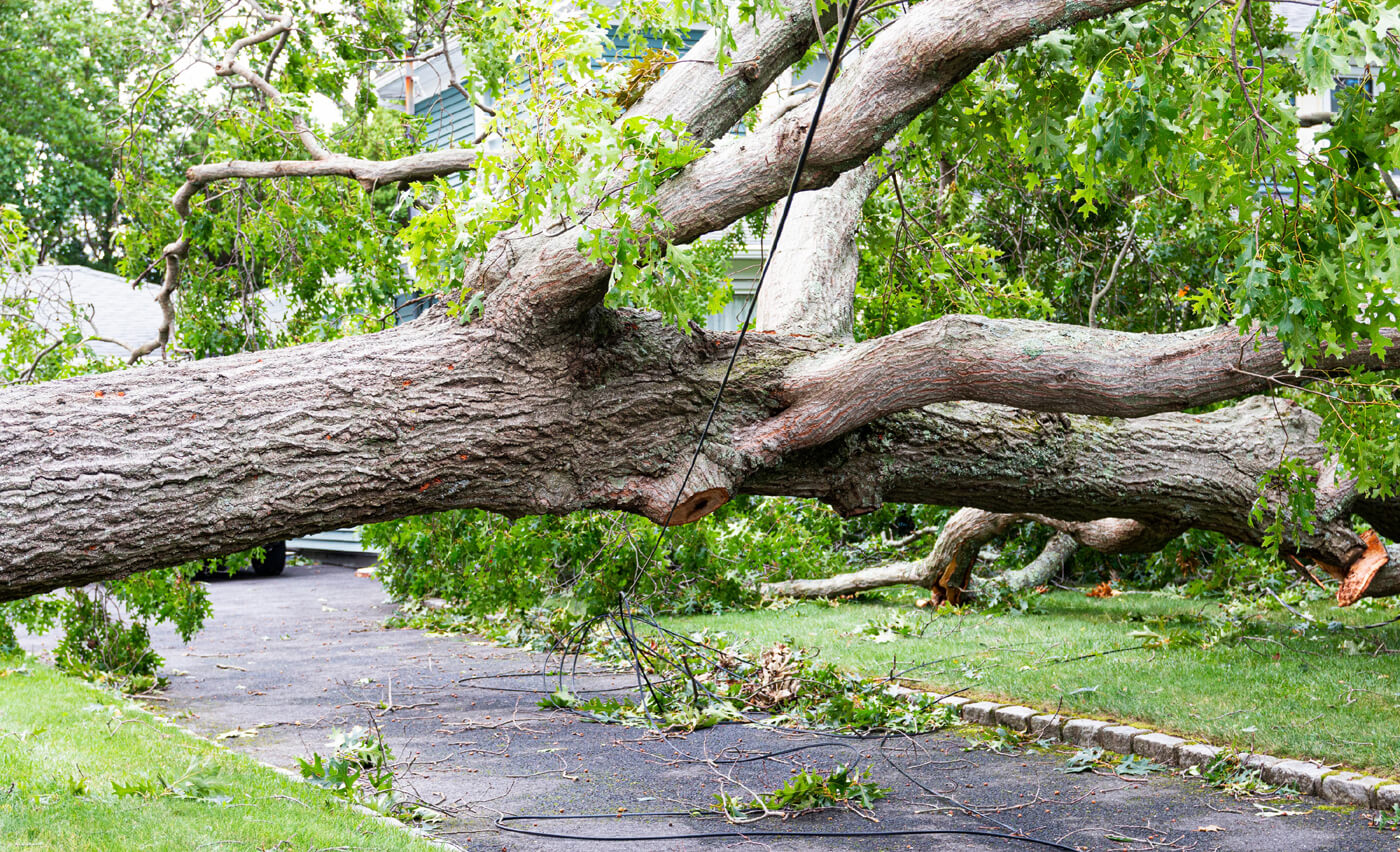
(Max wind speed: 95 mph)
These lowest ranked storms are still no joke. Category 1 hurricanes can easily damage buildings and take down trees. Make sure to listen to your local news outlets and authorities who will ultimately decide if evacuation is necessary. Even if there's no evacuation order, make sure you've boarded up your windows and are ready in case of a power outage.
Category 2 — Prepare Your "Go Bag"
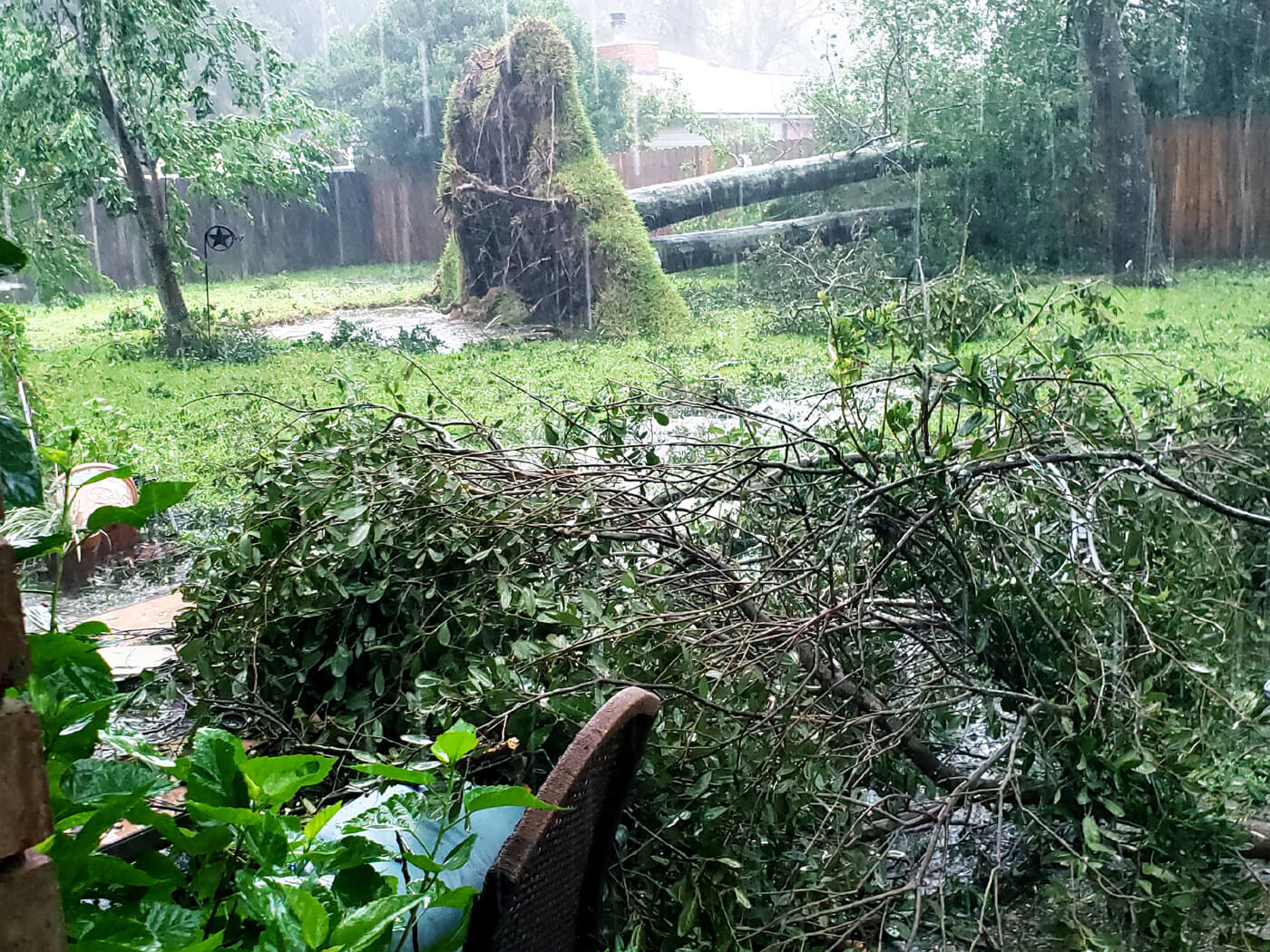
(Max wind speed: 110 mph)
Category 2 storms can cause serious damage and flooding. Trees and road signs may be ripped up, which can interfere with power lines. In case of an evacuation, make sure the whole family (including pets!) has a go bag, with water, clothes, cash, and batteries.
Category 3 — A "Major Storm"
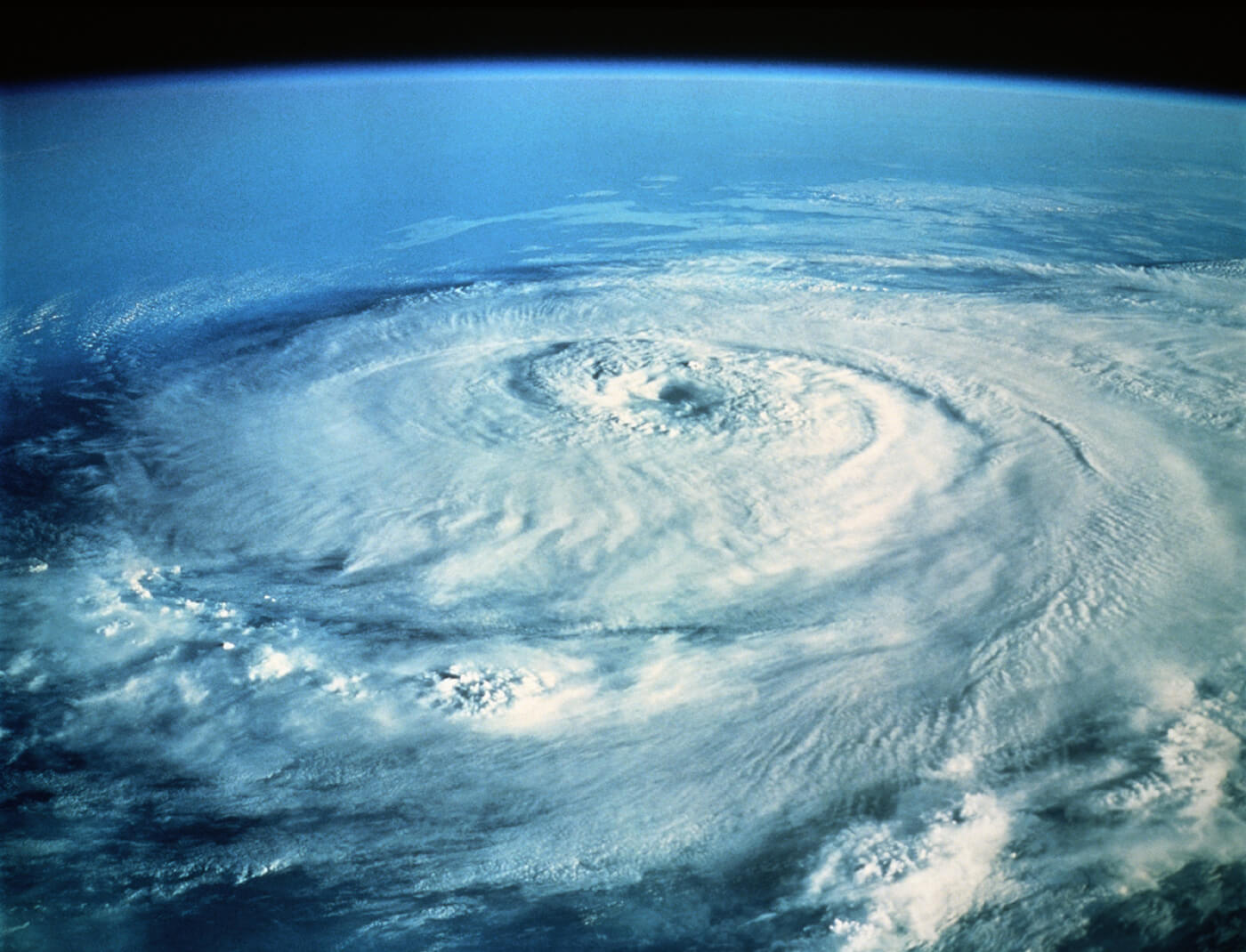
(Max wind speed: 129 mph)
You won't want to stick around to see one of these. Any storm with winds above 110 mph can be considered a "major storm" (this doesn't mean Category 1 and 2 storms aren't serious, though). Category 3's can cause blackouts that may last weeks after these storms, and damage to most trees and buildings is likely.
Category 4 — Evacuation Mode
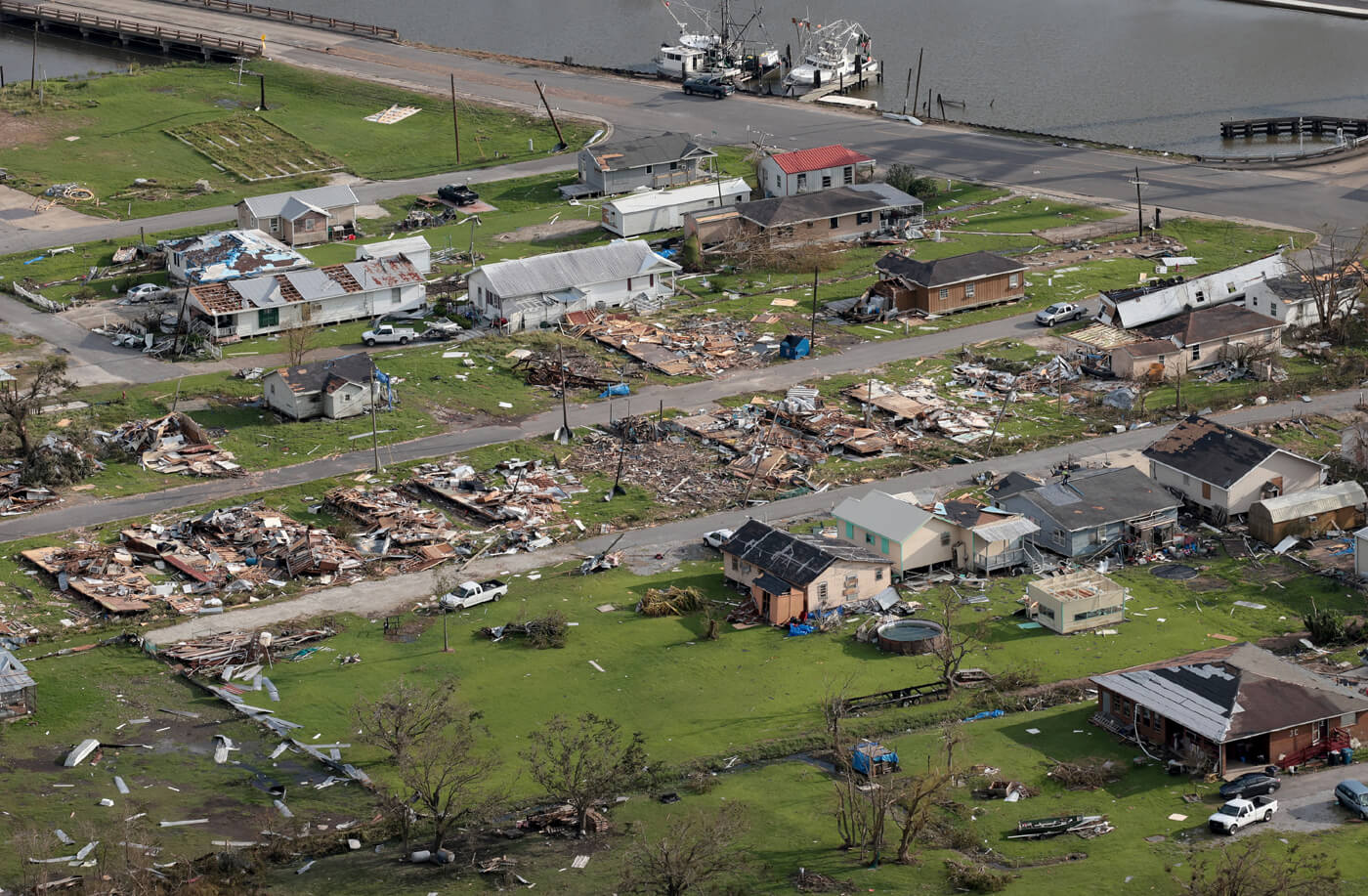
(Max wind speed: 156 mph)
Even the sturdiest roofs can be severely damaged in these conditions. During Category 4 storms, there is likely to be "catastrophic damage" to houses and infrastructure. Large trees and power lines are no match for these powerful hurricanes. Residential communities in the storm's path may be left without electricity for months.
Category 5 — The Most Dangerous
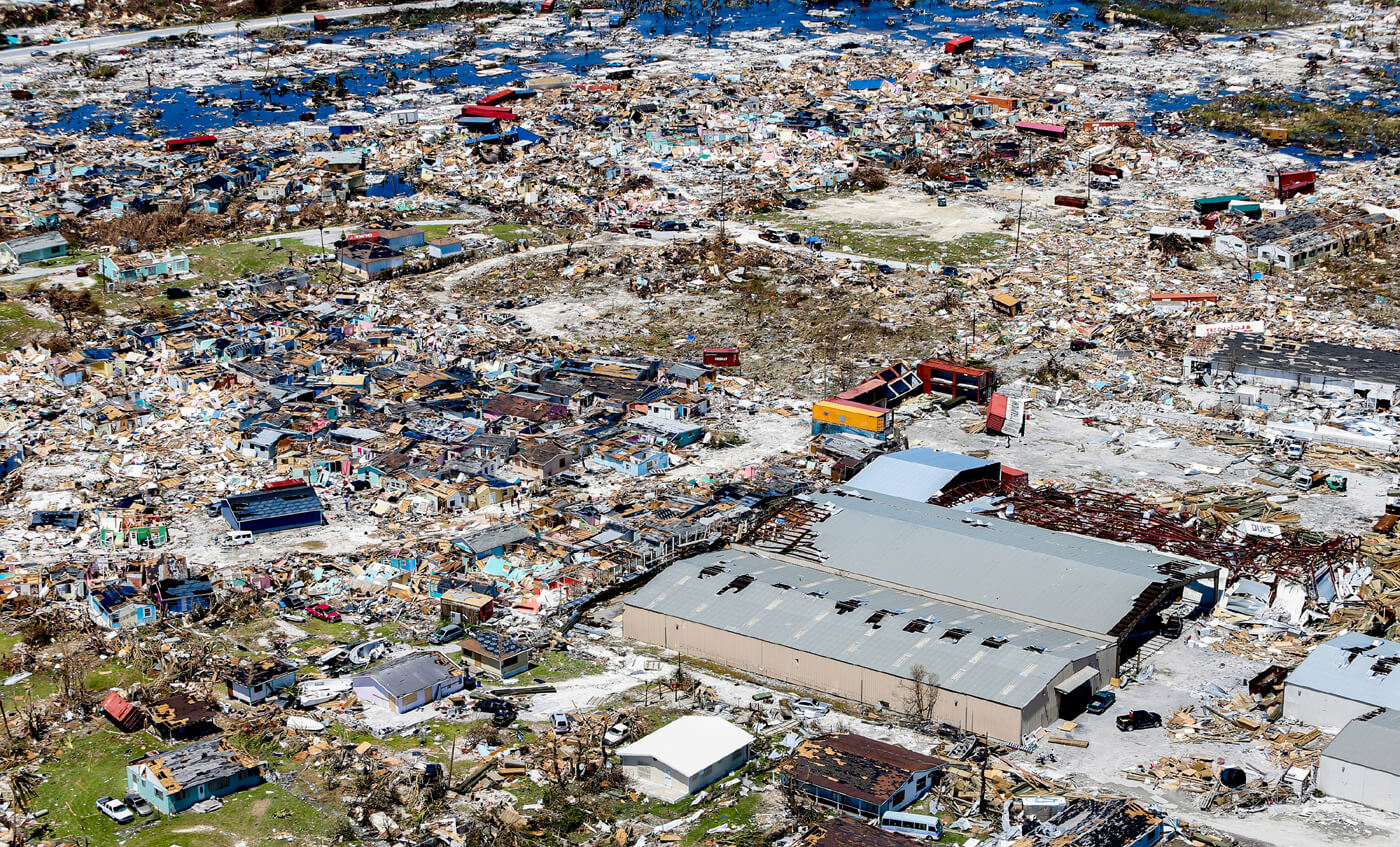
(Max wind speed: none)
The most dangerous of all, Category 5's have the potential to devastate any area, leveling even well-made houses and taking out power for up to many months. Evacuation must be the top priority. While these storms are rare, they're likely to become more common this century.
As our Earth continues to overheat, more water from oceans will continue to evaporate, leading to bigger and more intense hurricanes. Storms are becoming stronger, and hurricane season is getting longer.
At the same time, we're beginning to better understand how to keep ourselves safe and to best protect our homes from damage. Now is the best time to prepare for this hurricane season and invest in solutions, like cleaner, cheaper energy, to protect our communities now and for generations to come.
Follow The Cool Down on Instagram and TikTok.
